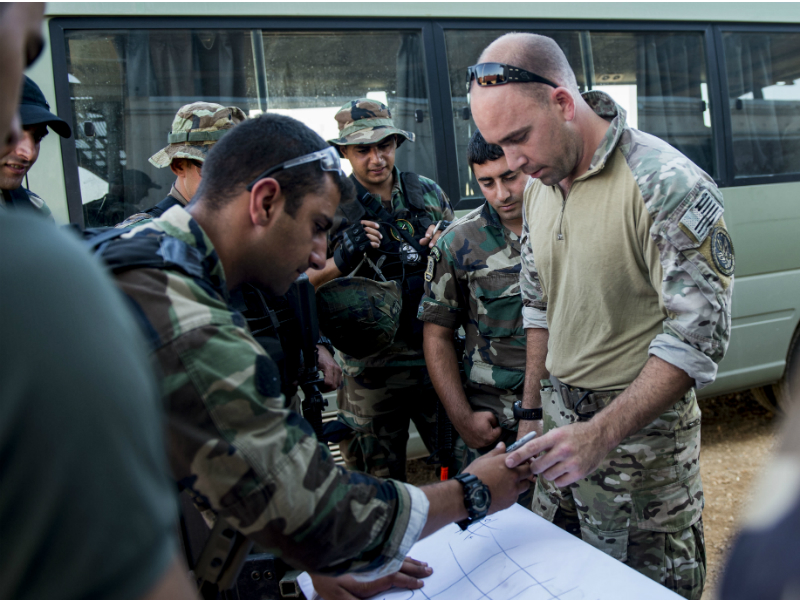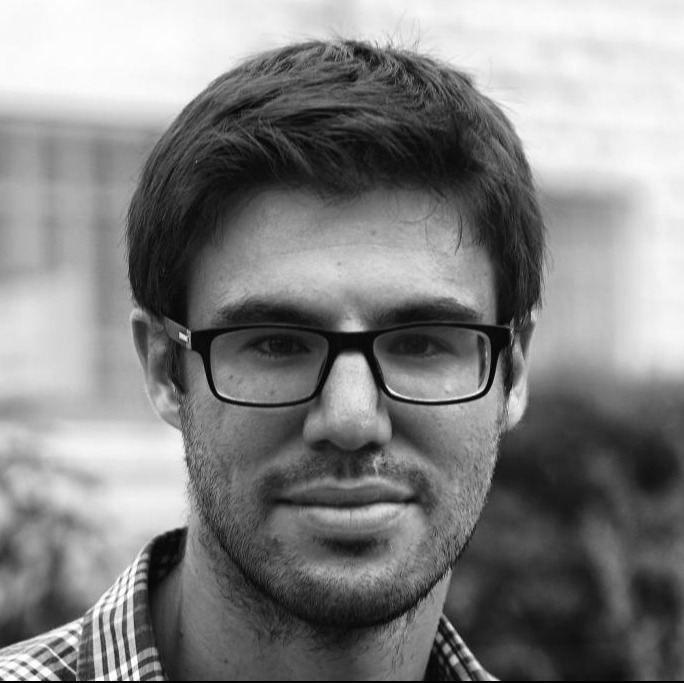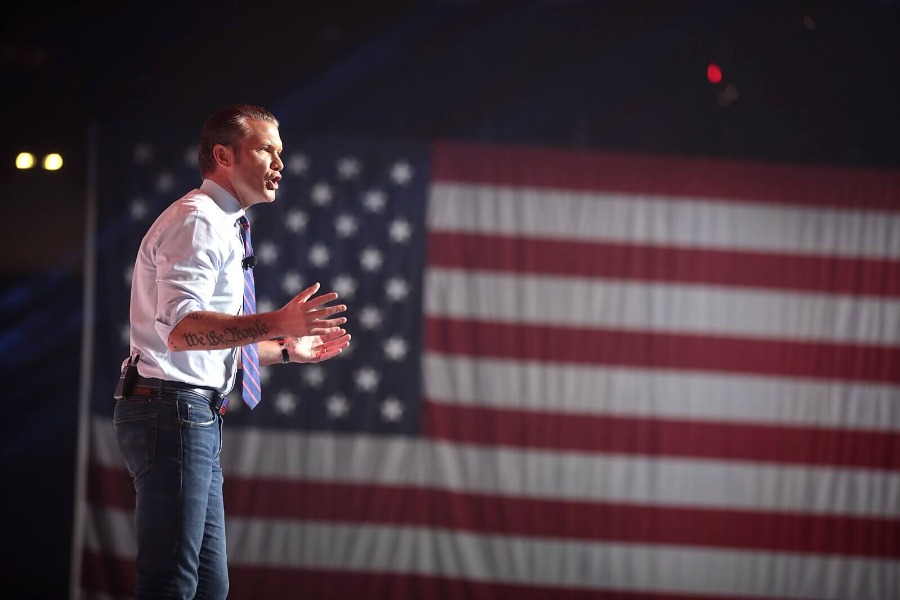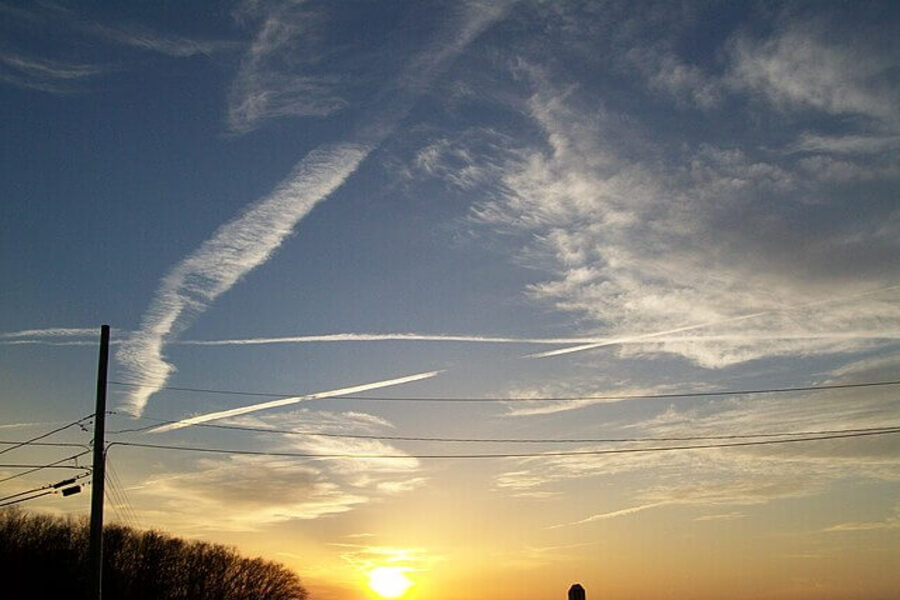Keeping the Peace in Lebanon
Three weeks into President Donald Trump’s already-chaotic tenure, the secretary general of Hezbollah appeared to be feeling good. “When a fool lives in the White House, this is the start of an opening for the world’s oppressed,” Hassan Nasrallah told his followers in a televised address.

Published by The Lawfare Institute
in Cooperation With

Three weeks into President Donald Trump’s already-chaotic tenure, the secretary general of Hezbollah appeared to be feeling good. “When a fool lives in the White House, this is the start of an opening for the world’s oppressed,” Hassan Nasrallah told his followers in a televised address.
The sound bite was a simple exercise in populist rabble-rousing—trolling, even—from the head of Lebanon’s Shia militia-turned-national power broker. It was also the first episode in what may prove a fraught moment in U.S.-Lebanese relations, as Trump’s “America First” bombast and eagerness to confront Iran—Hezbollah’s architect and patron—raise questions about the future of U.S. assistance to Beirut. That support has spiked over the past decade, primarily in the form of hundreds of millions of dollars dedicated to strengthening the Lebanese Armed Forces (LAF), which remains one of the country’s few functioning institutions and a critical source of stability. Washington today has a vested interest not just in continuing that investment, but also in using its clout to encourage policies that minimize rather than exacerbate tensions between Lebanon’s security forces and its most marginalized populations.
The Lebanese army has repeatedly transformed itself in fundamental ways in recent decades. The LAF, like the rest of Lebanon, broke apart along sectarian lines during the civil war of 1975-90, and was reconstituted after the signing of the Taif Agreement under the supervision of Lebanon’s Syrian occupiers. Following Syria’s withdrawal in 2005, the LAF settled into an uneasy coexistence with Hezbollah in which the latter clearly dominated the country’s security environment. The army watched idly as Hezbollah fought a war against Israel in 2006, and again as Hezbollah occupied Sunni neighborhoods in West Beirut in 2008 in response to government efforts to scale back the group’s autonomy. With the exception of a protracted showdown in 2007 between the LAF and the jihadist movement Fatah al-Islam, the LAF of the 2000s played an unmistakably secondary role.
“The LAF has a sort of halo about it because of what is happening in Syria.”
That began to change in 2011, when the Syrian uprising and its ripple effects brought the army both a fresh purpose and increased foreign support. The twin demands of establishing control over the Lebanese-Syrian border—which for decades had been effectively nonexistent—and of suppressing a growing threat from Lebanese and Syrian militants meant that, even as Syria’s spillover further paralyzed the Lebanese government, the LAF grew in strength and profile. The crisis also fueled a certain lionization of the army, both within the international community and across swathes of Lebanese society. A range of Lebanese and Western observers I interviewed agreed that, while the army remains far from perfect, it nonetheless stands out as a critical buffer against the chaos next door. As a European defense attaché described it, “The LAF has a sort of halo about it because of what is happening in Syria.”
Not all of Lebanon’s diverse factions equally appreciate the LAF’s growing role, though. Some Lebanese Sunni constituencies grumble over the LAF’s deepening symbiosis with Hezbollah, noting that the army—through its growing role in border management—is effectively guarding Hezbollah’s western flank as the latter wages war against Syria’s mostly Sunni opposition. This perception is all the more problematic given the army’s hardline stance against suspected Sunni militants. At one stage it appeared that this incongruity might be enough to threaten army cohesion, with a crescendo of public criticism from Sunni politicians and even rumblings of defections by Sunni troops in 2014. Such concerns, however, have dissipated with improvements in Lebanon’s political environment and a convergence of views around the army’s role in countering jihadist violence.
For the moment, a more urgent concern is the army’s relationship with the roughly one-million Syrian refugees who have settled throughout the country since 2011. Fearing jihadist incursions and a repeat of the 1960s and 70s—when Palestinian guerrillas established a mini-state in South Lebanon, helping to spark the country’s civil war—the Lebanese state has by and large struck an aggressive posture in its approach to the refugee crisis. The informal settlements in which many Syrians reside face frequent raids by the LAF’s intelligence branch, and young men complain of being arbitrarily detained, beaten, and accused of terrorist sympathies on such flimsy evidence as possessing cell-phone images of Syria’s opposition flag. Their release generally depends on paying bail fees that impoverished Syrians can ill-afford, and those leaving prison often find that security forces have confiscated the motorcycles on which their families rely for mobility. This system, moreover, contributes to severe overcrowding in Lebanon’s already dysfunctional detention system; the International Committee of the Red Cross estimated in 2016 that a system built to house 3,500 prisoners had swelled to 6,500, of which some 60% were pre-trial detainees.
Concerns about militancy among refugees remain vastly overblown, but heavy-handed tactics have all the symptoms of a self-fulfilling prophecy.
This pattern ebbs and flows, with conditions at their worst following violent episodes in which Syrians are implicated, such as the August 2014 Arsal battle or the July 2016 coordinated multiple suicide bombing in the Christian village of al-Qaa. Concerns about militancy among refugees remain vastly overblown, but heavy-handed tactics have all the symptoms of a self-fulfilling prophecy. Analysts and activists have noted in conversation the parallels between today’s hyper-securitized approach and that of the pre-war years vis-à-vis the Palestinians. In other words, and apart from the many legal and humanitarian issues bound up with these dynamics, an overly-aggressive policy risks generating precisely the sort of militant backlash it is intended to forestall. While the LAF is by no means solely responsible for the Syrians’ plight, its conspicuous role in raids and arrests make the army a focal point for frustrations.
As the LAF and its operating environment continue to evolve, constructive U.S. involvement is of critical importance. Lebanon’s political dysfunction is such that the army literally does not have a budget allocated to it from the national government; the LAF functions entirely on foreign support, with the United States far and away its largest benefactor. Since 2006, U.S. security assistance to Lebanon has hovered around $100m per year, jumping up above $200 million in 2015 and 2016, according to data compiled by the Lebanese Information Center. That support became all the more vital in February 2016, when Saudi Arabia canceled a $4-billion aid package amidst growing tensions regarding Iranian influence in Lebanon.
There has been no indication so far that the Trump administration is reconsidering U.S. security aid to Lebanon specifically, though the White House’s proposed budget included large but vague cuts to foreign assistance. But it could still be a concern given the overall tenor of the administration’s rhetoric regarding foreign aid and its bombastic rhetoric toward Iran. Indeed, U.S. legislators have for years questioned the wisdom of supplying money and weapons to an army forced into such intimate coexistence with a U.S.-designated terrorist organization. The administration could well find allies if it should choose to reassess its support for the LAF.
It would be a mistake, however, to underestimate the LAF’s importance from the perspective of U.S. interests. A weaker army would be a boon to Sunni jihadists and Hezbollah alike at a time when the region can ill-afford further instability. While the Islamic State, al-Qaeda, and their sympathizers pose an ongoing threat to Lebanese security, Hezbollah remains the country’s most powerful political faction and—by most accounts—a more potent military force than the army itself. The group is currently busy defending the regime of Bashar al-Assad in Syria, but hardened Hezbollah fighters will at some stage return to Lebanon in large numbers. This will have unpredictable effects. Although there is no reason to predict an outright confrontation between Hezbollah and the LAF, a stronger, more professionalized army will constrain the Shia militia’s ability to throw its weight around on the home front.
A weaker army would be a boon to Sunni jihadists and Hezbollah alike at a time when the region can ill-afford further instability.
Another mistake would be to gloss over the corrosive potential of abusive practices in managing the ongoing refugee crisis. Two Western officials working closely with the LAF acknowledged the pitfalls of a securitized approach to Lebanon’s Syrian refugees, but they also noted the difficulty of urging a gentler posture amidst such a fraught security environment. Nevertheless, a forward-thinking Western approach should prioritize finding ways to tamp down these tensions. Such efforts would likely revolve around diplomatic pressure at the level of the LAF and other security institutions—as well as relevant government bodies such as the Ministries of Defense, Interior, and Justice—with a focus on reforms to detainment and detention practices. Western-backed reform efforts should also involve expanded funding for the army’s nascent program of “civil-military cooperation,” wherein the LAF has sought to bolster its image among local populations through emergency relief and other non-military assistance. If properly institutionalized and expanded to include Syrian populations, such efforts could play a valuable role in softening the LAF’s rough-edged image among one of the country’s most critical constituencies.
All of this work will require experimentation and fine-tuning over the course of months and perhaps years as the Syrian conflict drags on and Lebanon’s security environment remains volatile. But with the United States in transition and Lebanon enjoying a spell of relative political harmony, now is the time for Washington to reaffirm policies that have worked while exploring fresh ways to shore up one of the region’s most chronically precarious states. Further professionalization—and, ideally, targeted reforms—of the Lebanese army offers a promising avenue for progress.




